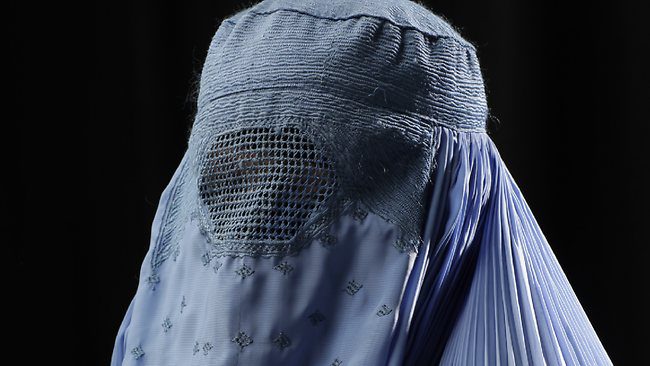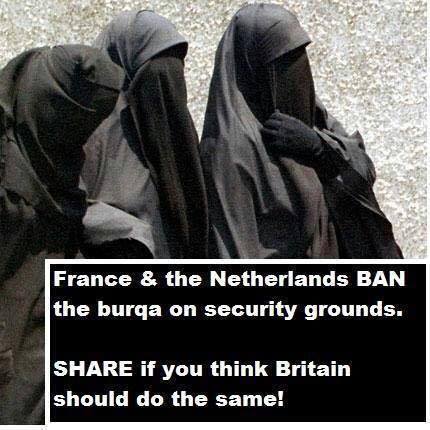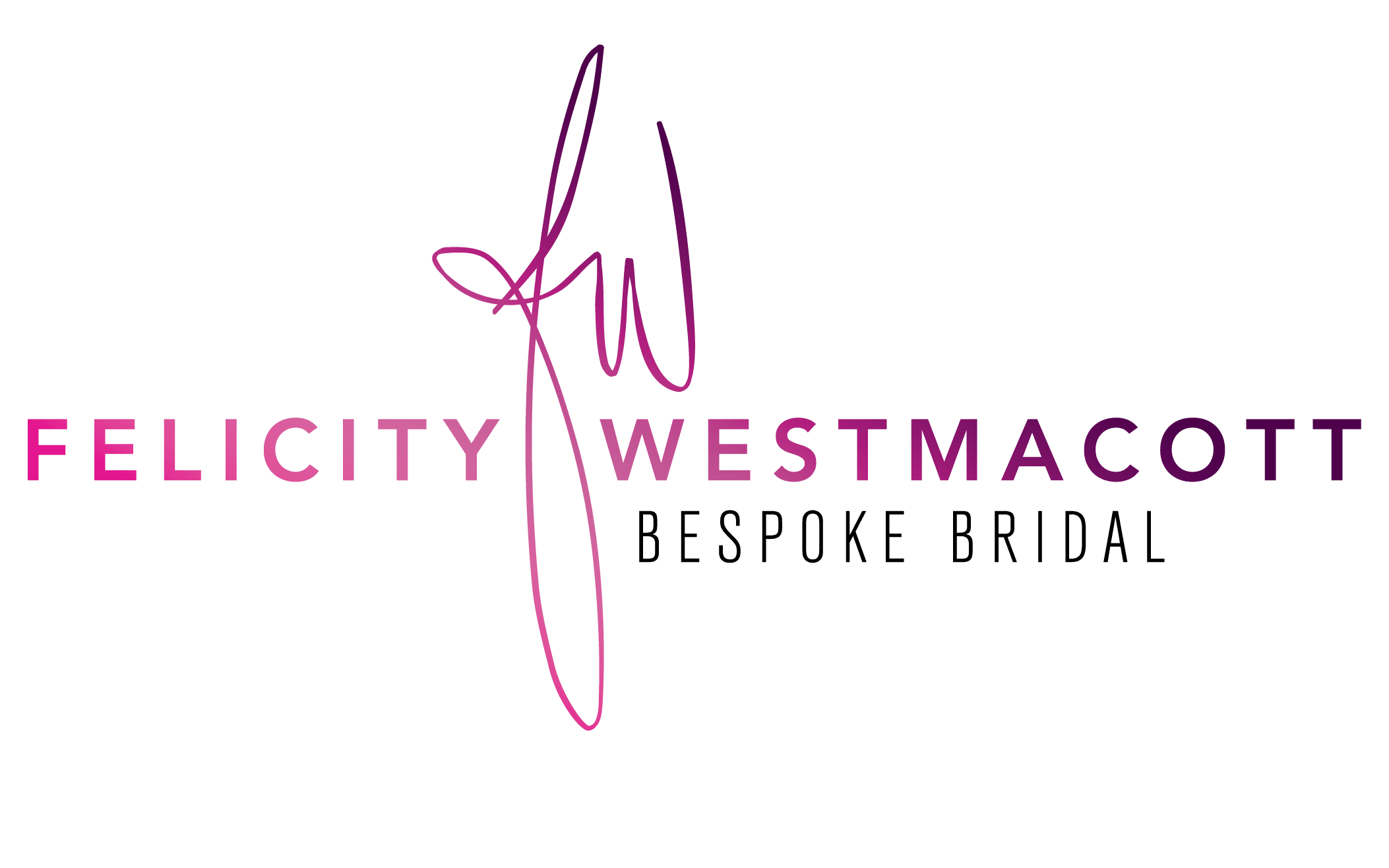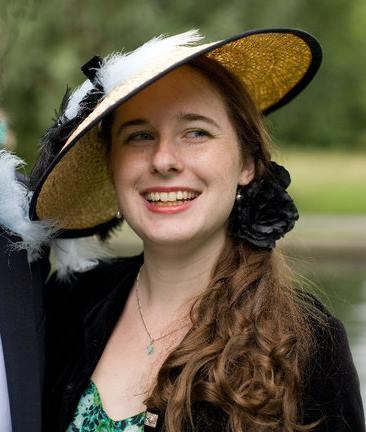
Without going into too much detail on the whole Britain first’ awfulness I wanted to comment in particular on one image making its rounds on facebook recently, in the days since the terrorist attacks, as below.

I equate freedom of speech and freedom of dress. Banning any element of religious dress gives fuel to the few racists and bigots who unfortunately will need little enough encouragement to verbally or even physically attack people ‘breaking the law’ by choosing to wear particular clothes. Banning the burka would also mean that those forced to uncover themselves (and those who support them) might feel persecuted by the state fuel for the extremists fire!
I vehemently disagree with the philosophy behind wearing the burkha but banning them is not the answer. Should we ban balaclavas because a few criminals choose to wear them? People have as much right to wear a bikini without being hassled as a burkha and I will defend their right to that choice.
My university dissertation was in part about how ‘Modesty’ is relative and respect for such choices should be encouraged. Victorian anthropologists insisted on uncovering the genitalia of some near naked African tribes with the idea that their being so nearly naked meant uncovering the tiny bit they chose to cover was no matter; no one would argue now this was not offensive in the extreme. In the 18th century it was unlawful for women to cover their cleavage at court, low necklines (amongst other things) were mandatory; that seems fairly crazy to us now! Forcing any one to uncover, or cover anything they prefer not to cover, should be what is banned.
We should lead by example by showing respect for the human body, for the owners of those bodies and for their right to express their beliefs outwardly in a harmless manner.
I recently spent 7 Saturdays with 4 young moslem women, (students aged 15-21). They chose to wear hijab and were eloquent about their reasons why, but if one had come in a burka I would not have felt threatened. If the negative reasons behind some women’s choice (or pressure) to cover themselves more than conventionally for our society, need to be addressed it should be on an individual or at most community level, not by a law. And remember some women wear it genuinely through positive choice, they feel safer and happier, and who are we to judge them?







Sherry.harris27I’m quiet shocked your making such a statement on your site. It’s actually put me off looking further in to hiring you as my potential wedding dress maker and if it has done to me it may well do to others with such a political statement.
We’re are not in the Victorian era, we are in 2016 and the burka, which is a relatively new import from Saudi. It is a visual tool of repression and regression. It’s signifies how devout the wearer is, it also puts cultural and family pressure on women to wear one to ‘appear’ just as devout.
Thousands of women marched against this in Iran in the 70s, they did not want to wear this, but when the new law of wearing it was enforced – if you didn’t you could be sent to prison or lashed. Those women DID NOT want to wear this, these women were shot at and beaten for protesting against it.
How sad that after a whole generation of women not wanting to wear it we now have a new generation think that it’s the norm and are now fighting for it.
Small girls are now encouraged to wear them, how modest do they need to be?
This is more that simply covering hair – this stealth brain washing under the cover of ‘a women’s choice’ – which makes it worse when white western women who have NO idea of the magnitude of suffering to women that goes on in repressive countries. This symbol is a mockery of feminism all over the world. It’s ironic that feminism and burka are even being linked!
For every women you see in total cover, you have no way of knowing if it’s forced or by choice. I’d rather one single women not have to wear one, to feel the sun against her skin, than a hundred women ‘choosing’ to cover there face so that other men can not see them.
woozelsmudgeDear Sherry
I am so sorry my opinion offends you. You might have noticed when you read my blog post that (and I quote) “I vehemently disagree with the philosophy behind wearing the burkha” but my point is that I believe banning them is not the answer.
I agree with everything you say and can only conclude that my point above was missed when you read my blog or you would not have thought I was defending what the burka represents. I am only defending any person’s right to choose what they wear – for whatever reason. I do not go into the huge issues you mention about the reasons behind the burka, as I do not feel I have enough knowledge in that area. My university dissertation was on dress and undress throughout history, it’s relationship to representations of the human body in art, views of ‘modesty’ and what that might say about human consciousness. This whole subject fascinates me and that was the stand point from which I was addressing the subject above, more anthropological and idealist than political, but I do concede that it is a very delicate subject.
Going back and re-reading my own post again I am doubly puzzled by, (and sorry again) at your taking offence. I see the general subject is controversial but my article is only using the Burka as one example among many of forced clothing laws. The horrible Britain First image prompted my thoughts and I used that example as a starting point for my main point of saying that I personally believe people should not be forced, by any law, to wear anything in particular. Further to that I will now say I don’t think they should be made to FEEL obligated by society either, not just by governmental laws. I fear however that the ideal world where everyone dresses freely, with no judgement made is sadly a pipe-dream, as clothing will always carry meaning and make statements beyond the entirely practical and aesthetic which would be my ideal.
I am truly sorry, if you were looking for a wedding dress maker that my blog post has put you off, as I am very good at my job and don’t believe a difference in opinions should get in the way of positive relationships. But thank you for your comment and being honest, that is always valuable in this world.